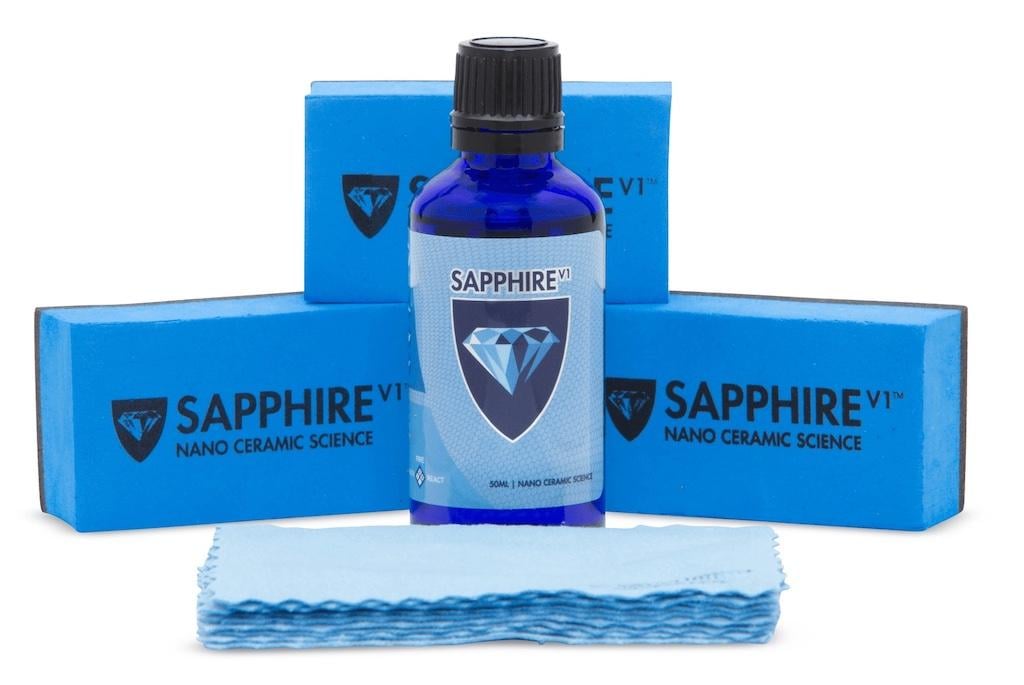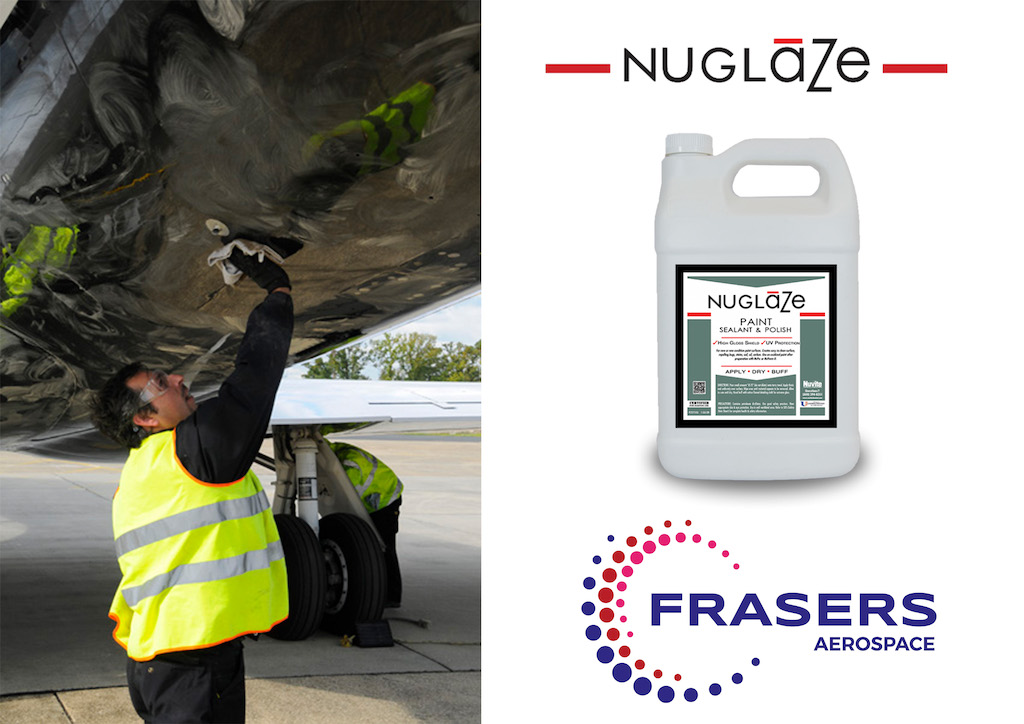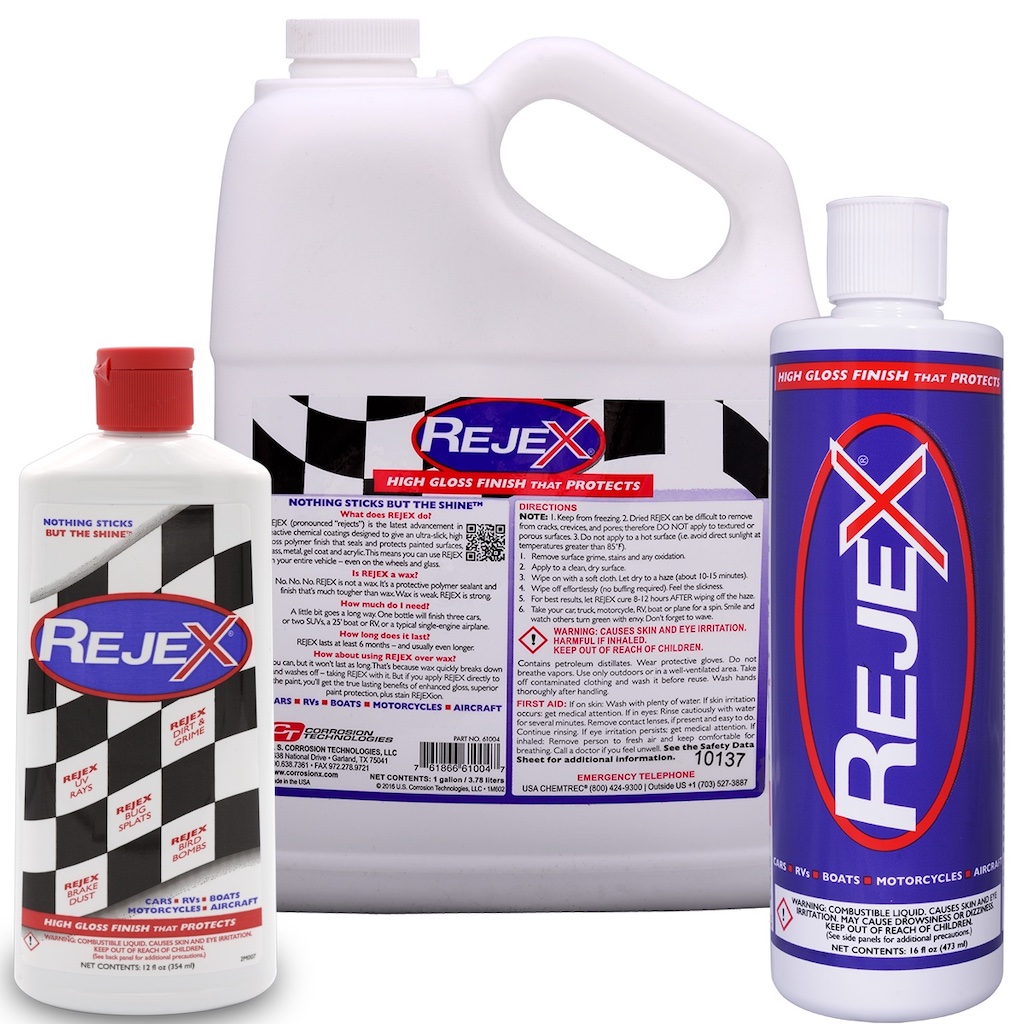
RealClean Aviation Products of Geneva, Illinois, manufactures a wide range of cleaning and surface protection solutions. Among them, its Sapphire V1 ceramic coating has recently been approved by Textron Aviation for application on select models of its turbine-powered aircraft. RealClean is actively working to broaden the approval to a wider range of aircraft models.
To date, Sapphire V1 has been used on several hundred aircraft, and has shown a substantial longevity enhancement to their paint and other surfaces.
RealClean has also introduced “Vision,” a new protective product for aircraft windows and transparencies, designed to restore and polish aircraft windows while eradicating scratches and other blemishes. Following the restoration phase, RealClean offers a protective coating that significantly fortifies the windows’ durability, saving aircraft owners the steep costs associated with window replacements due to scratches and abrasions. https://marketplace.aviationweek.com/company/real-clean-aviation-produc…
Non-Hazardous Paint Treatment

Frasers Aerospace, based in Brentwood, UK, is a distributor of NuGlaze with PFS (PolyFluro Sealant), a Nuvite Chemical Products surface barrier that resists dirt and staining, is simple to use, and does not require special application or buffing equipment.
A technologically advanced, non-hazardous paint treatment, NuGlaze with PFS has been formulated for greater durability and surface protection against UV damage and contains a polyfluoro compound that adheres to a painted surface at normal temperatures, unlike other coatings that require extreme temperatures for adhesion.
Frasers Aerospace has recently introduced another product, “Skyde Clear,” a coating for polished metal surfaces that provides six months of protection against oxidation, while producing an extended shiny appearance. Skyde Clear is marketed to business jet and owner-flown light aircraft operators, and some aircraft manufacturers now reference the coating in their maintenance manuals.
https://marketplace.aviationweek.com/company/frasers-aerospace
Ceramic Nanotechnology Coating

RejeX, manufactured by Corrosion Technologies of Dallas, was one of the first products to use quartz ceramic nanotechnology in a wax-type coating. Originally developed for the U.S. Air Force, RejeX was designed to prevent jet turbine exhaust from destroying paint and the exhaust hydrocarbons from embedding in the skin of the aircraft, causing corrosion. The product can be modified to provide a high gloss and is safe to use on aircraft windshields.
Non-hazardous, and applicable to a wide range of aircraft types, RejeX is mainly marketed to business jet and general aviation operators. Corrosion Technologies estimates that RejeX lasts three times longer than other waxes, particularly in high UV areas, or when aircraft are stored outside. It resists adhesion of common contaminants, including pollen, sap and bug strikes.
https://marketplace.aviationweek.com/company/corrosion-technologies-corp




